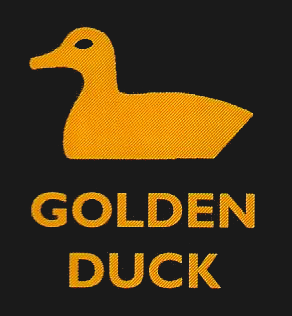What Ship, Where Bound?
David Craddock
Seaforth
£12.99
An irresistibly evocative title – though readers might be forgiven for thinking it has become redundant in the era of AIS and radio communication. It was essentially a C19th query passed by lamp, semaphore or flag hoist as ships took responsibility for passing information about another’s whereabouts – or challenged their right of passage. David Craddock’s History of Visual Communication at Sea focusses on ship-to-ship communication by flags, lights and shapes and demonstrates that it is still continues. All is not radio, radar and information pinging off satellites. The RN’s new aircraft carrier HMS Queen Elizabeth has 15” signal projectors installed: there’s a photo of one in action on HMS Ark Royal during the invasion of Iraq. A glance at the colregs reminds us of the continuing utility of lights and shapes and every time we hoist a courtesy flag when entering another country’s waters we are supplementing the information already displayed by our own yacht ensign or club burgee.
Flag signalling is the prime system developed by seafarers for seafarers. Unsurprisingly most of its history was developed through warfare as admirals needed to issue orders to their fleets or summon their captains to a meeting. All too often each had his own system which made co-operation between squadrons problematic. Craddock lists many different systems and attempts to standardise. The first code of signals for the merchant service was produced by the amazing Captain Frederick Marryat in 1817 but the International Code, as we know it now, wasn’t endorsed as the maritime standard until 1889.
Semaphore and morse were land inventions adapted for use at sea. Craddock offers a detailed analysis of the Battle of Jutland where all three systems were fully utilised – for better or worse. Individual inter-ship messages, passed by semaphore, are somehow particularly touching.
The author, though navy-trained, is now a graphic designer, alert to the uses of these visual systems in art and popular culture. His slim book is consistently fascinating and thought-provoking. Suddenly the phrase ‘Flag Officer’ takes on a new significance. Highly recommended.
